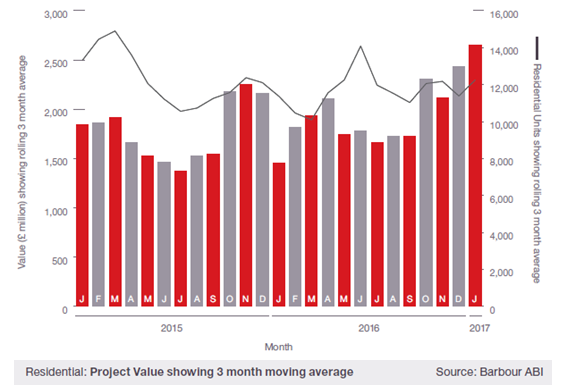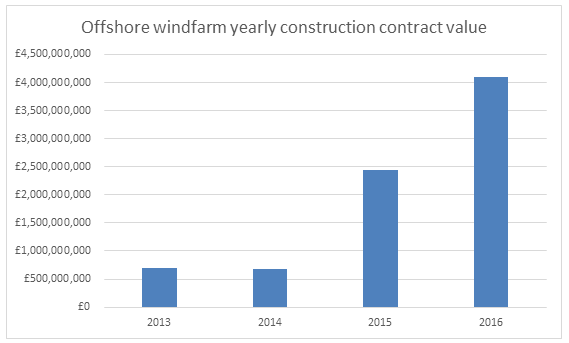With funding and planning secured, construction at Wembley Park will be at a pace not seen at any other major development site, with 5,000 homes under construction over the next 7 years.
Wembley Park will be the largest single-site purpose built PRS (private rental sector) development anywhere in the UK after Quintain announced its intention to deliver the remaining private homes at Wembley Park as build to rent. 5,000 homes for rent will be available at Wembley Park, all under Quintain’s ownership, and will be delivered in phases over the next seven years.
By the end of 2017, there will be 3,000 homes under construction, alongside a new seven acre public park, a new landscaped London square, a three-form entry primary school and a wide range of shops, restaurants and workspaces to complement the existing Wembley Park shopping and entertainment offering. Quintain’s next Tipi apartment building will be available for occupation this summer.
Quintain has already invested £900 million in the transformation of Wembley Park and has a further £800 million of funding secured, with planning permission in place. It is expected that on completion, Wembley Park will have created over 8,500 permanent new jobs across a range of sectors, in addition to the jobs created during construction.
Angus Dodd, Chief Executive of Quintain, said “Our commitment to build to rent at Wembley Park means we can deliver the homes London needs far faster than if we were selling homes privately and ensures they will be occupied very shortly after they are complete.
“This long term commitment also means we can design homes specifically for the needs of today’s generation of renters and provide fantastic shared facilities and professional management arrangements which our residents love. We will ensure no apartment is left empty.”
Sadiq Khan, Mayor of London, added “This development will provide 5,000 much-needed private rented homes for Londoners. It will take time to fix the housing crisis, but at City Hall we are committed to help deliver schemes like this that will increase the supply of homes across the capital.”
Build-to-rent can help fix ‘broken housing industry’
A new report, produced by the British Property Federation (BPF) and Savills in conjunction with the London School of Economics, proposes that the purpose-built rental sector could deliver as many as 240,000 new homes by 2030.
If, for example, just one fifth of the large residential sites currently being built on incorporated build-to-rent, it could increase annual home delivery by 6%. Put into context, this is around 10,000 new homes a year relative to the 164,000 new homes completed in England in 2015/16.
In conjunction with the supply already set for delivery over the next three years, it would take total build-to-rent output to 15,000 new units a year, and to 240,000 over the next 13 years.
Ian Fletcher, Director of Policy at BPF, explained “By measuring build-to-rent’s growth and the other benefits it delivers, and what gets in its way, we want to show to government the sector can be an important partner to its ambitions to build more homes.”





